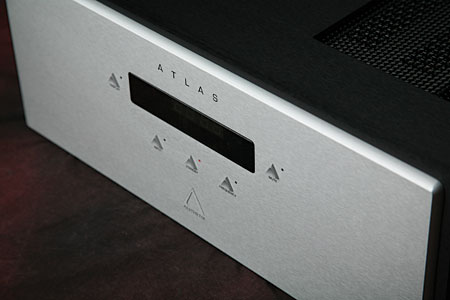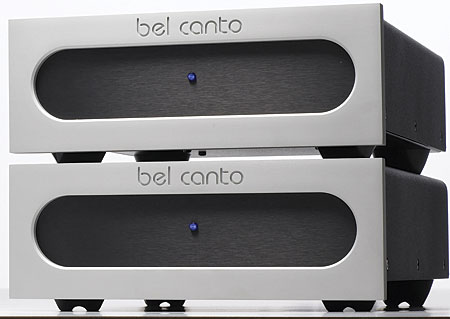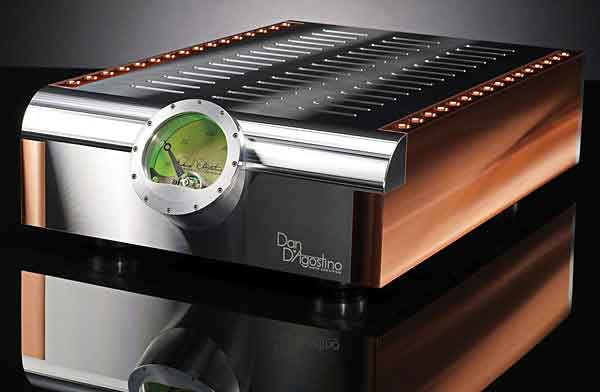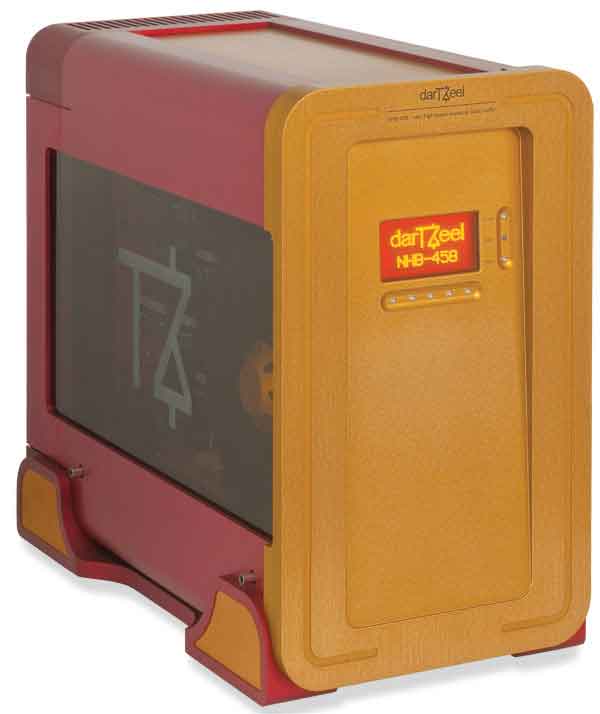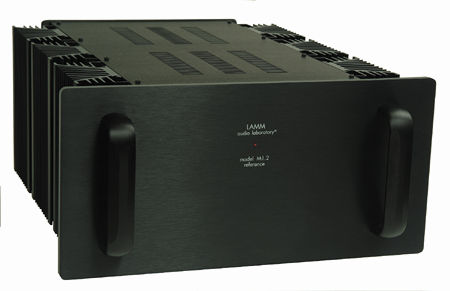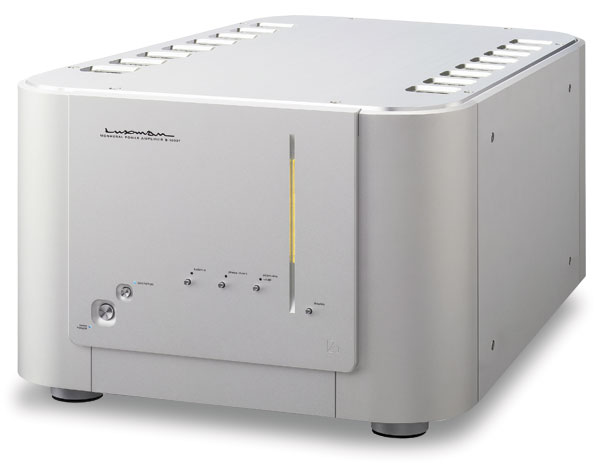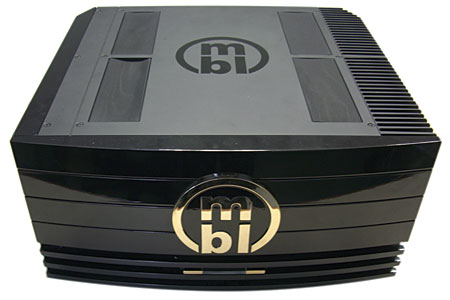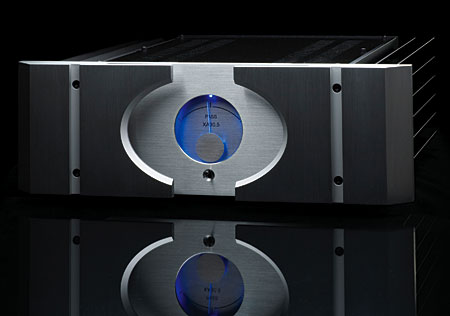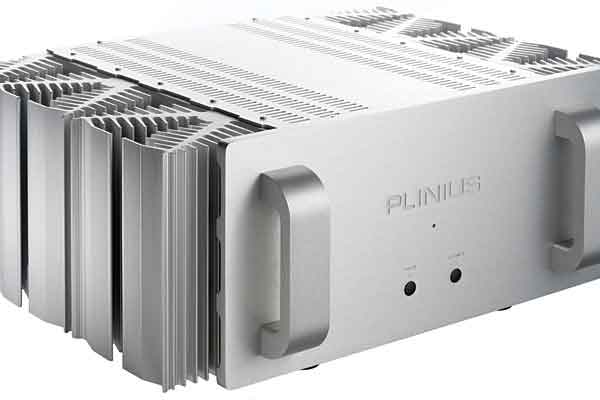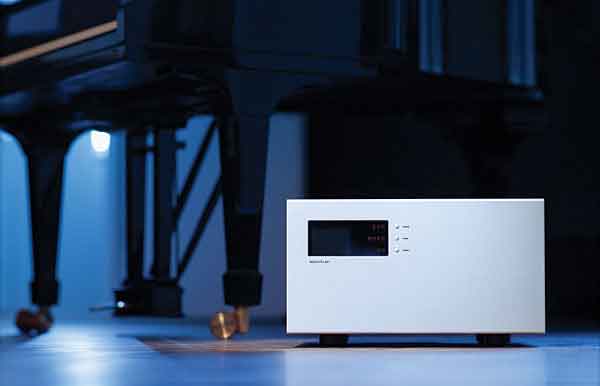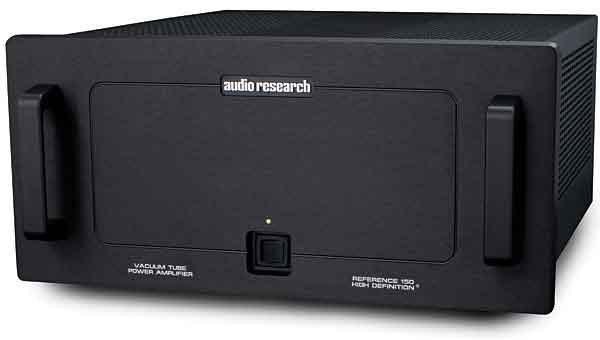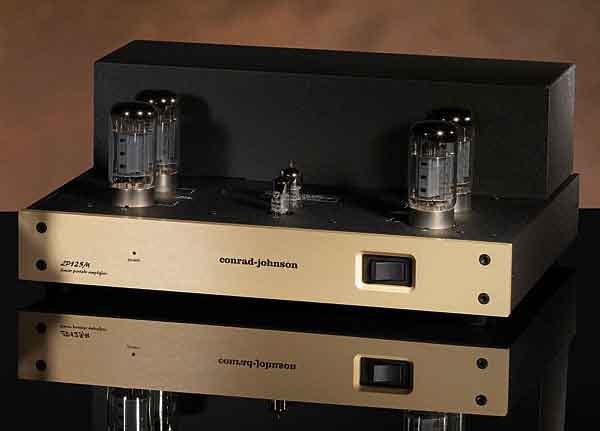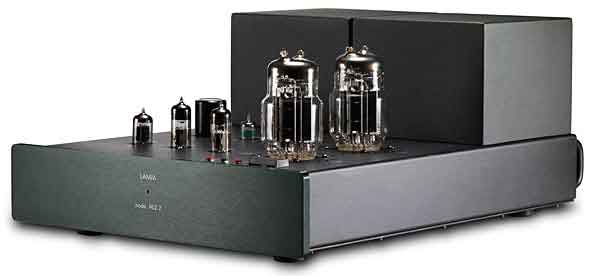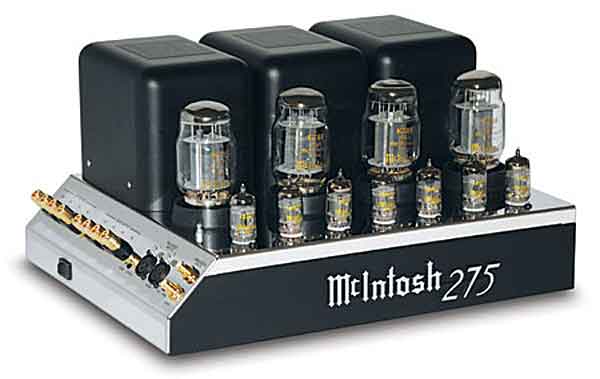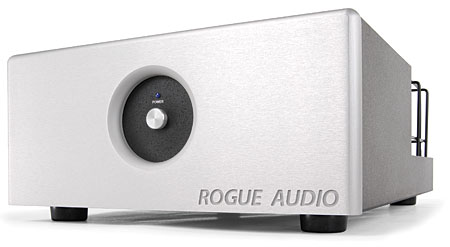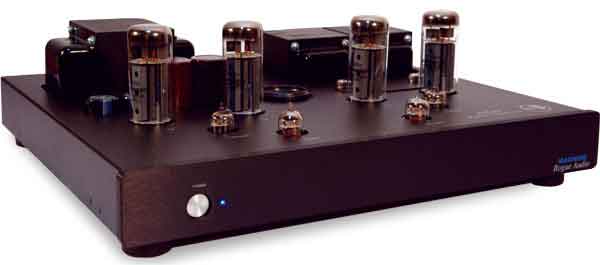| Columns Retired Columns & Blogs |
The Beats Solo HD is now a Stereophile reccomended component... That sounds like a (funny) joke. They're certainly attractive looking & very stylish, but they sound very...well, bad. They're Class D...but I'm genuinely curious as to why they'd be included at all.
There are a lot of decent choices when it comes to headphones in the portable/sealed-on-ear-headphones-under-$300 category, now, that it's hard to see the B&W P3 and the Beats Solo HD making it onto the list. (Anyone interested in heaphones should check out Stereophile' sister online publication on personal-audio/headphones---InnerFidelity.)
Thanks for this awesome compilation, by the way! I sincerely enjoyed reading through such a wide sampling of great loudspeakers, amps & such. The balanced objectivity is always refreshing, considering other publication's purely subjective approach.
